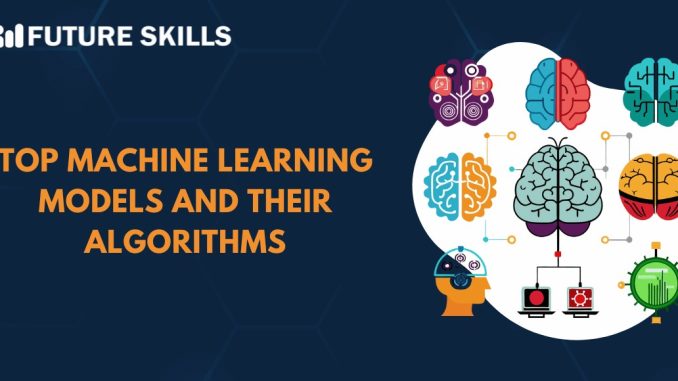
Machine learning models are often described in terms that make them sound like black boxes—mysterious systems that somehow learn from data and make predictions. But beneath the surface, what these models are really doing is identifying patterns, relationships, and structures within data to make informed guesses about new, unseen inputs. They’re not thinking or understanding in the human sense; rather, they’re optimizing mathematical functions to reduce error and improve accuracy over time. This process, while technical, is grounded in a surprisingly intuitive concept: learning from experience.
At the heart of any machine learning model is a set of parameters that adjust based on the data it’s exposed to. These parameters are like dials on a control panel, and the model’s job is to find the right combination of settings that best map inputs to outputs. For example, in a model designed to predict housing prices, the inputs might include square footage, location, and number of bedrooms, while the output is the estimated price. The model doesn’t “know” what a house is, but it learns that certain combinations of features tend to correlate with certain price ranges. Over time, as it processes more examples, it refines its internal settings to make better predictions.
This refinement process is driven by feedback. When a model makes a prediction, it compares that prediction to the actual result and calculates an error. That error is then used to adjust the parameters in a way that reduces future mistakes. This iterative process is known as training, and it’s where the bulk of learning happens. The model doesn’t memorize the data—it generalizes from it. That distinction is crucial. Memorization would mean the model performs well only on data it has seen before. Generalization means it can apply what it has learned to new situations, which is the true test of its usefulness.
Different types of models approach this learning process in different ways. Linear regression, for instance, assumes a straight-line relationship between inputs and outputs. It’s simple and interpretable, making it useful for problems where relationships are relatively straightforward. More complex models, like decision trees or neural networks, can capture nonlinear relationships and interactions between variables. Neural networks, in particular, are designed to mimic the structure of the human brain, with layers of interconnected nodes that process information in stages. While the analogy is imperfect, the layered approach allows these models to learn hierarchical representations—starting with simple features and building up to more abstract concepts.
In business applications, machine learning models are used to automate decision-making, uncover insights, and personalize experiences. A recommendation engine on an e-commerce site, for example, uses past behavior to suggest products a user might like. Behind the scenes, the model is analyzing patterns in purchase history, browsing behavior, and user demographics to make predictions. In finance, models are used to detect fraud by identifying transactions that deviate from typical patterns. In healthcare, they assist in diagnosing diseases by analyzing medical images or patient records. In each case, the model is doing the same fundamental thing: learning from data to make predictions or classifications.
One of the challenges in deploying machine learning models is interpretability. As models become more complex, it becomes harder to understand why they make certain decisions. This can be problematic in high-stakes environments like healthcare or criminal justice, where transparency is essential. Researchers and practitioners are developing techniques to make models more explainable, such as feature importance scores or visualizations of decision paths. These tools help bridge the gap between technical performance and human trust, ensuring that models are not only accurate but also accountable.
Another important consideration is bias. Machine learning models learn from the data they’re given, and if that data reflects historical biases or inequalities, the model may perpetuate those patterns. For example, a hiring algorithm trained on past recruitment data might favor certain demographics if the original data was skewed. Addressing bias requires careful data curation, fairness-aware algorithms, and ongoing monitoring. It’s not enough to build a model that performs well—it must also align with ethical standards and social values.
Ultimately, what machine learning models are really doing is statistical inference at scale. They’re using data to estimate probabilities, make predictions, and guide decisions. The sophistication of the algorithms and the volume of data they can process make them powerful tools, but their core function remains grounded in mathematics and logic. For business leaders, understanding this foundation is key to making informed decisions about when and how to use machine learning. It’s not magic—it’s method. And when applied thoughtfully, it can unlock new efficiencies, insights, and innovations that drive growth and resilience in a rapidly changing world.